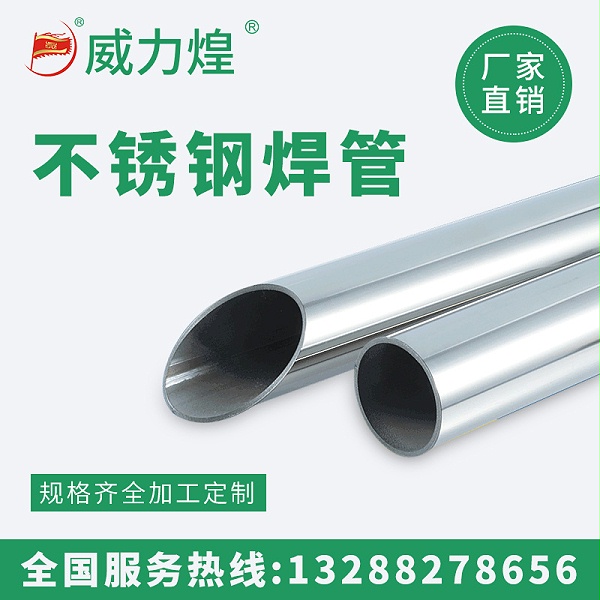Stainless steel, as the name suggests, refers to steel that is resistant to weak corrosive media such as air, steam and water, as well as chemical corrosive media such as acids, alkalis and salts. It is also called stainless acid-resistant steel. However, in practical applications, some stainless steels unexpectedly rust.

People were greatly surprised when brown rust spots appeared on the surface of stainless steel pipes:They believe that "Stainless steel does not rust, so if it rusts, it is no longer stainless steel and there might be something wrong with the steel quality." In fact, this is a one-sided misunderstanding due to a lack of understanding of stainless steel. Stainless steel can also rust under certain conditions. It has the ability to resist atmospheric oxidation - that is, its non-rusting property, and also has the ability to corrode in media containing acids, alkalis and salts - that is, its corrosion resistance. However, its corrosion resistance varies with the chemical composition of the steel, processing state, usage conditions and the type of environmental medium. For example304Steel pipes have absolutely excellent corrosion resistance in a dry and clean atmosphere. But if moved to a coastal area, it will soon rust in the sea fog containing a large amount of salt, and316The steel pipe performed well.
Therefore, not all types of stainless steel can resist corrosion and rust in any environment. Stainless steel has a fine, extremely thin, strong and stable chromium-rich oxide film formed on its surface. It can prevent the continuous penetration and oxidation of oxygen atoms, thereby obtaining corrosion resistance. Once for some reason this film is constantly damaged, oxygen atoms in the air or liquid will continuously penetrate or iron atoms in the metal will continuously precipitate, forming loose iron oxide, and the metal surface will continuously rust.
There are three main factors influencing the rusting of stainless steel pipes:
1.Alloying element content.
Generally speaking, it contains chromium10.5%Steel is not prone to rust. The higher the chromium content, the better the corrosion resistance. For example304Material requirements8-10%Nickel and18-20%Chromium, this kind of stainless steel generally does not rust.
2.The smelting process of an enterprise can also affect the corrosion resistance of stainless steel.
Large stainless steel plants with advanced smelting technology, equipment and processes can ensure the control of alloy elements, the removal of impurities and the control of the cooling temperature of steel billets. Therefore, the product quality is stable and reliable, with good internal quality and less prone to rust. In contrast, some small steel mills have backward equipment and technology. During the smelting process, impurities cannot be removed, and the products produced will inevitably rust.
3.A dry and well-ventilated external environment is less likely to rust.
And high air humidity, continuous rainy weather or airpHAreas with high values are prone to rust.304Stainless steel will rust if the surrounding environment is too poor.


